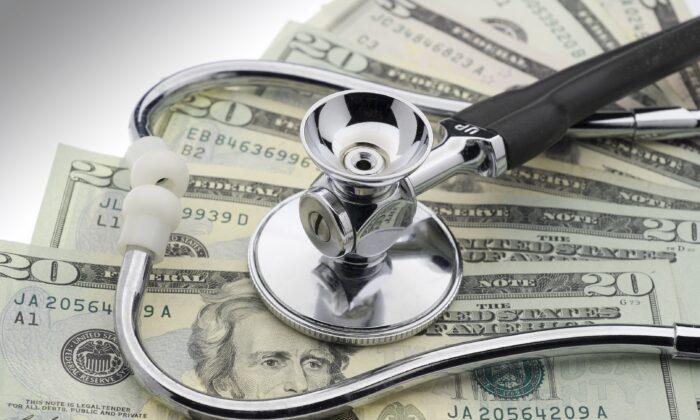By Sarah Brady
From Kiplinger’s Personal Finance
Question: What are my options if my federal student loan is already in default?
Answer: Student loans typically go into default once you fall behind on payments by nine months or more. At present, the Fresh Start program can be a huge help for borrowers who have defaulted.
Fresh Start can “rehabilitate” your loan or remove it from collections and make it current again. And unlike the rehabilitation option that it’s temporarily replacing, you don’t have to make a series of new payments to qualify. The Fresh Start program is available only through Sept. 30, 2024, and it’s much easier to enroll in it than in other rehabilitation programs. Just note that it takes about four to six weeks to have your loan transferred out of collections once you enroll.
Another benefit of using Fresh Start is that the Department of Education will remove the record of default from your credit reports, which could give your credit scores a significant boost. If you’re experiencing debt-collection efforts, such as having your wages garnished, those efforts will stop as well. On top of that, you can apply for an income-driven repayment plan and a loan forgiveness plan after using Fresh Start to rehabilitate your loan. To enroll in this program, visit
MyEDDebt.ed.gov or call 800-621-3115.
When the Fresh Start program expires, the previous rehabilitation option will go back in place. You can use the traditional rehabilitation option once per loan. However, if the Department of Education reinstates the same rules as before, borrowers will need to make nine monthly payments to have a loan rehabilitated.
Alternatively, you can get a loan out of default by paying it off with a Direct Consolidation Loan. But to qualify, you may have to make three payments on the defaulted loan.
Question: Is it a good idea to refinance federal student loans through a private lender, like a bank?
Answer: Moving your debt to a private loan means permanently forfeiting a host of relief options, including any future federal programs that go into place, as well as a variety of income-driven repayment plans that can help you if your financial situation changes. Private lenders are not required to offer you any assistance or loan forgiveness, and they’re not likely to have income-based payment options.
But if you have a private loan, you might have access to a hardship program, such as an extended repayment plan or forbearance, depending on your lender. To find out what your lender offers, call the customer service number on your loan statement. Be sure to ask about fees, interest charges and potential credit damage before agreeing to any new payment arrangement.
©2024 The Kiplinger Washington Editors, Inc. Distributed by Tribune Content Agency, LLC.
The Epoch Times copyright © 2024. The views and opinions expressed are those of the authors. They are meant for general informational purposes only and should not be construed or interpreted as a recommendation or solicitation. The Epoch Times does not provide investment, tax, legal, financial planning, estate planning, or any other personal finance advice. The Epoch Times holds no liability for the accuracy or timeliness of the information provided.








